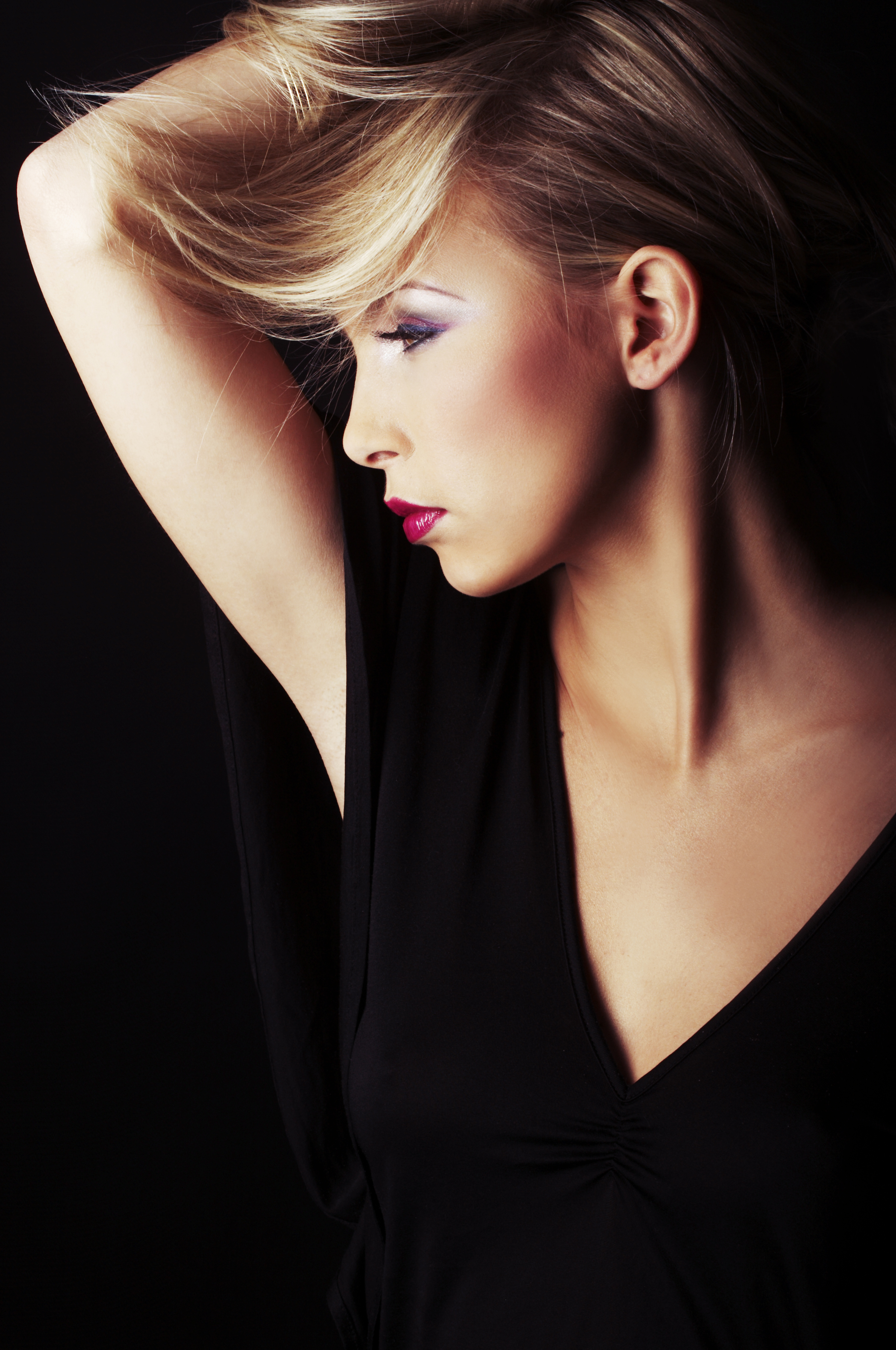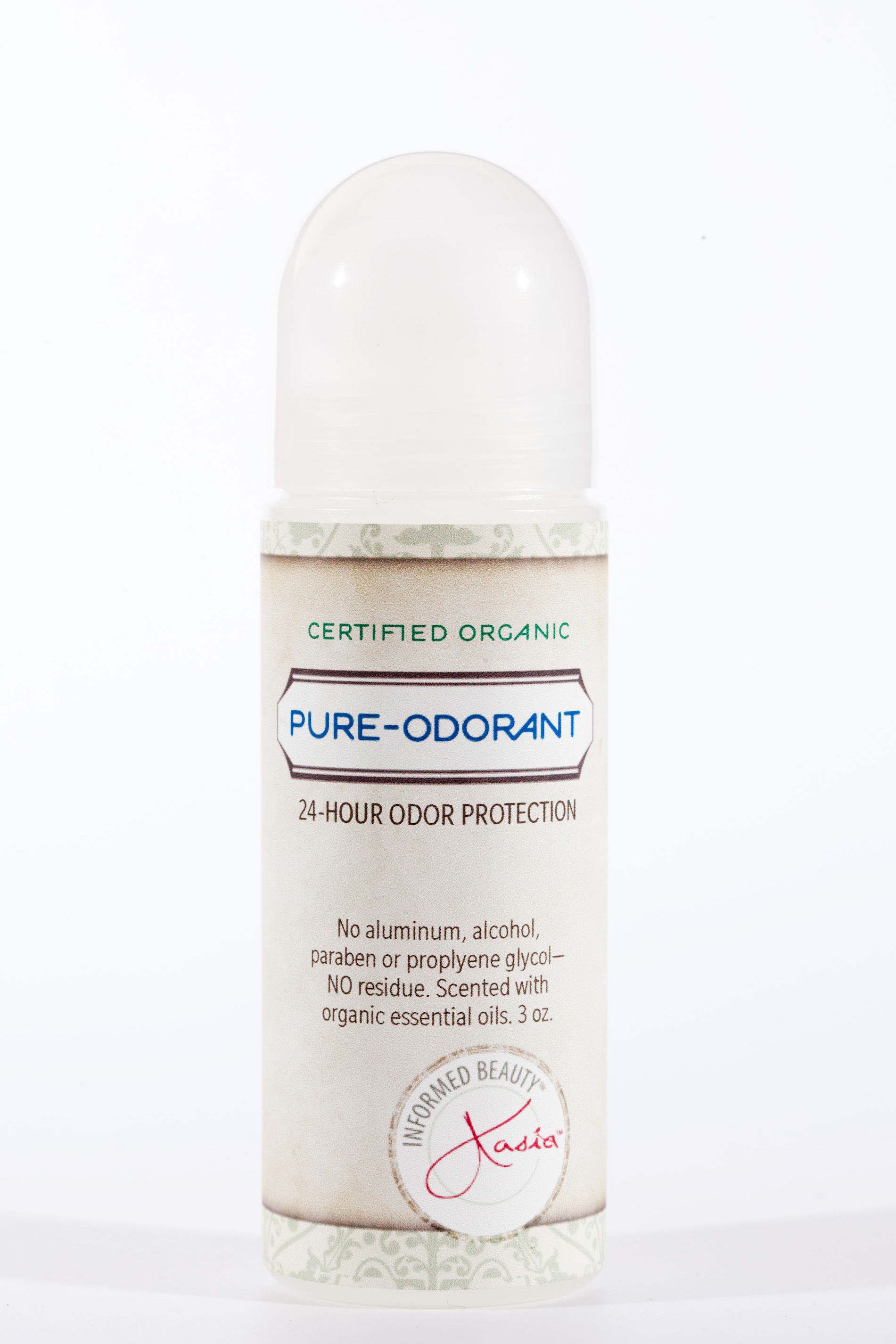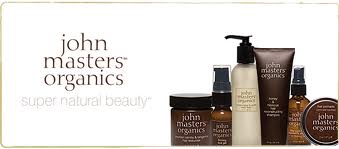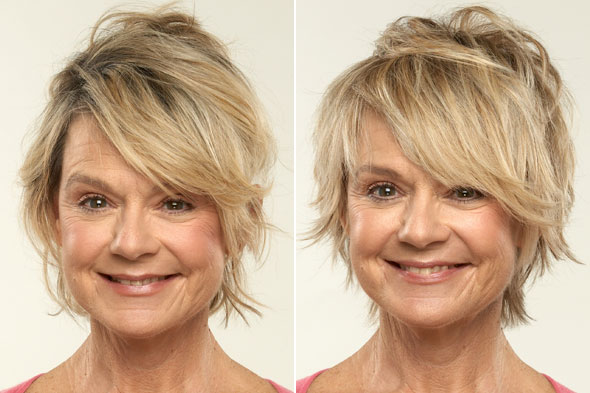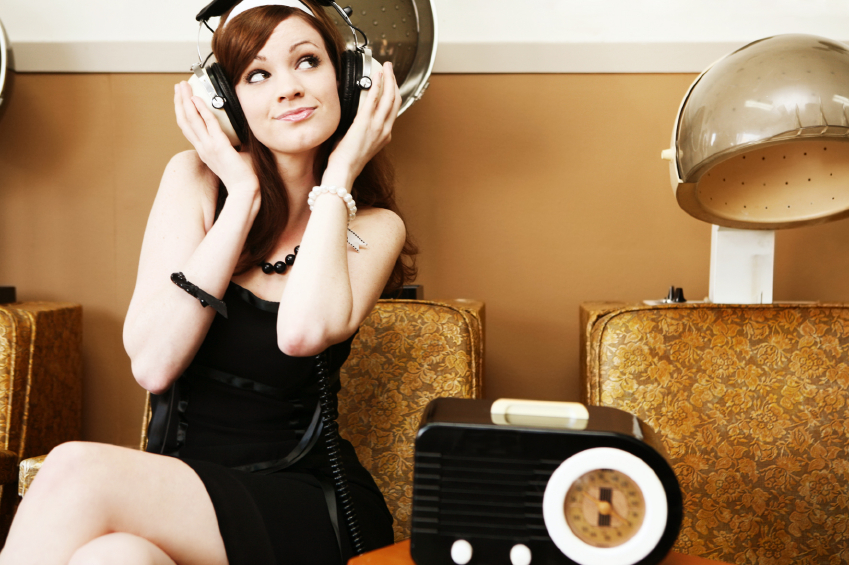
1. "Regulated? Only lightly."
Americans spent a whopping $33.3 billion on cosmetics and other beauty products in 2010, up 6% from 2009, according to the Commerce Department. That's more than consumers shelled out to buy new foreign cars ($27 billion) or TVs ($25 billion). Yet for all that cash spent on creams and lotions, there's surprisingly little oversight of these products before they reach shelves. An independent panel of experts, including dermatologists, chemists and pharmacologists, regularly review individual ingredients used in cosmetics and other beauty products -- but it's the manufacturers' responsibility to ensure the products themselves are safe, confirms a spokeswoman at the Food and Drug Administration. And while cosmetics companies do conduct their own tests on products, they only need to "prove a product's safety to their own satisfaction," she says.
In fact, under current law, the FDA does not review cosmetics before they're marketed to consumers, the agency says. But the FDA may request an investigation of a product if consumers complain to the agency, says the FDA spokeswoman. "These are the parameters we've been given," she says. "We can't do more until Congress passes a new law increasing oversight of cosmetics." In some cases, however, the agency does review over-the-counter drugs – defined by the Federal Food, Drug, and Cosmetic Act as any product intended to treat, prevent, diagnose or cure a disease – before they hit the market. That occurs if a product contains ingredients that haven't already been approved by the FDA, says the agency spokeswoman. Candidates for review can include personal care products like sunscreens and antiperspirants.
For their part, cosmetic companies say they're diligent about testing products. "The industry does a good job of making sure the products they market are safe," says Dr. John Bailey, chief scientist at the Personal Care Products Council, an industry trade group. "They value their market share and records, and they're not going to do something that's going to hurt that."
2. "Competent? Maybe not."
After a month of English literature finals, graduate student April Kinkead couldn't wait for her weeklong vacation in Acapulco, Mexico. Then a pre-vacation trip to a nail salon went awry. She says she asked for an eyebrow wax, but the salon technician applied wax to her bottom lip. After some minor bleeding and major yelling, the owner apologized and waived the charges, but Kinkead was left with a dime-sized scab that took weeks to heal. "I looked like I had a disease," she says.
A bad salon experience can happen anywhere, of course, but chances may be higher in states where it's relatively easy for untrained, inexperienced nail technicians to get a job. For example, Connecticut doesn't require manicurists to be licensed. "It's up to the discretion of the individual health departments and districts," says a spokeswoman at the Connecticut Department of Public Health. And in Alaska, a would-be manicurist is required to have just 12 hours of training – far less than the minimum 750 hours in Alabama and 600 hours in Nevada. A spokeswoman for the Alaska Department of Commerce, Community and Economic Development says the agency wants to up the requirement to 350 hours of training, and is hoping a member of the state's legislature will take up the measure. Consumers can see how their state measures up here . A spokesman at the Professional Beauty Association's Nail Manufacturers Council, an industry trade group, says state and county inspectors should be regularly visiting nail salons, but says the frequency of those inspections can vary by location. He recommends that customers always ask nail technicians for their license, if it's not already on display at their work station.
3. "We're bound to make your kid a diva."
In 15 years as the director of the Lake Bryn Mawr Camp for girls ages seven to 16, Jane Kagan says she's seen a huge transformation among her campers. The Pennsylvania camp requires uniforms and doesn't allow makeup, but twice a summer it hosts two socials for campers ages 13 and up, where many of the girls can – and do – wear what they want. Over the last three to five years, that increasingly includes eyeliner, blush and lipstick. "They become unrecognizable – they look like 20-year-olds," says Kagan, 50.
In fact, the average American girl begins using beauty products at around age 13 or 14, according the latest data from the NPD Group, a retail market research firm. Girls aged eight to 12 spend more than $40 million a month on beauty products, while those aged 13 to 17 spend more than $100 million a month, the NPD Group found. Compared to adult women, "they [pre-teens] spend the least, but it's still a staggering number," says Jim Joseph, president at Lippe Taylor, which markets beauty products to women, and author of "The Experience Effect," a company how-to guide for building customer loyalty.
To woo these tween dollars, companies are advertising and promoting their products on Facebook and tween web sites and gaming sites, says Joseph. These companies are trying to reach girls when they're young to hopefully create lifelong customers, says Silvia Springolo, vice president of research at Grail Research, a research firm. For example, this spring Wal-Mart started selling a makeup line for girls called GeoGirl at some of its locations. The line includes light mascara, blush, lip balm and lip gloss. A Wal-Mart spokesman says the store is marketing the beauty products to parents as "life stage" – rather than a specific age – products for when girls start asking parents about makeup. "The decision of what age is appropriate to wear makeup rests with the parent," he says.
4. "We go easier on men – at least for now."
The men's grooming market had $1.5 billion in sales in 2010, up 1.4% from the previous year, according to Mintel International, a market research firm. That slow rate of growth – women ages 18 to 24 fork over $200 million a month, according to NPD Group – is partly because men simply aren't as interested as women in beauty products, says Dr. Michelle Copeland, a board-certified plastic and cosmetic surgeon and assistant professor of clinical surgery at New York's Mount Sinai Medical School of Medicine.
Less demand means men's products tend to be less expensive than women's, says Copeland. The Body Shop, for example, sells its For Men Maca Root Energetic Face Protector at $18 for 3.3 fluid ounces, while its Seaweed Mattifying Moisture Lotion for women is the same price but nearly half the size. (Both products' marketing materials say they hydrate your skin and include a sun protection factor of 15.) A spokeswoman for The Body Shop says the two products are similar (14 of the 36 ingredients in the men's product are also in the women's), but also have key differences: The men's lotion has "ingredients that mattify and nourish the thicker skin of a male," while the women's lotion "includes a blend of expensive sun care filters and a very specific…formula meeting the needs of women," she says. Dermatologists counter that women and men's creams, especially moisturizers and sunscreens, function the same way regardless of gender. And in many cases, the only difference, they say, is fragrance and packaging. "The ingredients that help the skin are the same, and there's no reason why a woman can't use a man's moisturizer," says Dr. Julie Moore, a dermatologist at Loyola University Health System's Gottlieb Memorial Hospital.
5. "Pricey creams aren't always better than drugstore products."
Some creams and lotions can fetch as much as $1,000 per ounce, but price has little to do with proven effectiveness, critics say. A 2009 Consumer Reports laboratory test on eye creams found L'Oreal Paris Dermo-Expertise Revitalift Double Lifting Eye to be a top performer. And at $17 for half an ounce , it's about 2.5 times cheaper than Strivectin-SD eye concentrate for wrinkles, which costs $59 per ounce. The bottom line for consumers is that luxury-priced skin care products don't necessarily perform any better than their drugstore counterparts, says Moore. A Strivectin spokeswoman says the product's formula was recently revamped under the company's new ownership and has been available since last fall.
So why do consumers continue to pay up for pricier creams and lotions? Good marketing by cosmetics companies, say dermatologists. "If they can get you to pay hundreds more, then they'll continue doing that," says Moore, adding that some of her patients buy more expensive creams on the assumption they're better because they're exclusively sold at a department store. "It's a status thing – if it's only at one store then it has to be better," she says. Experts says some patients stick to the more expensive creams because of their fragrance or because of the way it feels on their skin, neither of which makes the product more effective.
6. "'Satisfaction Guaranteed' isn't part of our language."
Many consumers believe firming and toning creams' advertising claims in large part because they believe they're backed by a regulatory agency, says dermatologist Moore. "They assume that the way drugs are tested and confirmed to work, these creams are – and that's not always true," she says. Consumers instead should also be skeptical. Often the studies cited in the ads are far from objective, with the company simply asking women if they believe their skin looks better, experts say -- unlike a medical study in which a company would conduct skin biopsies to prove that more skin-firming collagen has been formed.
Also, ads that claim proof of effectiveness are often vague: For example, they may not clearly explain that they're relying on computer studies or studies using animals, says Jessica Krant, a board certified dermatologist in New York. "What works in the lab doesn't always work in the real world," she says. Industry reps say that cosmetics are meant to make skin look or feel better. "They're not intended to be therapeutic," says Bailey of the Personal Care Products Council. He adds that companies are careful with the claims they make about their beauty products: "When companies make claims about their products they have to be able to stand by those claims if they're challenged."
7. "Organic, shmorganic. Can you tell the difference?"
When it comes to food and beverages, there are strict guidelines about what qualifies for the organic label. And while some critics argue they aren't strict enough, they're leagues ahead of the beauty industry. The Department of Agriculture regulates the term "organic" as it applies to agricultural products, so if a personal care product contains agricultural ingredients and can meet the organic standards, the product may be eligible to be certified under the organic regulations, says a USDA spokeswoman. Then the companies that produce and handle the organic agricultural ingredients – as well as the manufacturer of the final product – would all have to be certified for the product to be eligible to bear the USDA organic logo. But while certification is necessary, some beauty products might sport an organic label even if they don't meet all these requirements, she says. "A manufacturer might break the rules," but that's not permissible, she adds.
Americans spent $462 million on organic and natural beauty products in 2009, up 10% from 2007, according to the latest data on the industry available from Mintel. But even that figure is skewed, according to the study, since it includes products that may have chemicals and other non-organic ingredients. What's a consumer to do? Look for the USDA Organic Seal on the packaging and the certifying agent's name (click here for the list). And sticking with truly organic beauty products may be more beneficial than less natural competitors, since there's still a question about the cumulative impact of using products containing chemicals, not only to the skin but on overall health, says dermatologist Copeland. A spokesman at the Professional Beauty Association responded that many cosmetics companies are creating new natural and "organic" beauty products to keep up with consumer demand, but that they're sometimes confused about what to label as organic because "there are no set standards."
8. "Animal testing isn't entirely in the past."
Until about a decade ago, animal testing was hugely controversial for the beauty industry. One of the biggest campaigns against the practice was launched by People for the Ethical Treatment of Animals, which in 1988 released video footage to news companies showing animal abuse at a testing laboratory that sparked news reports and outrage around the world. Today, much of that criticism has quieted, but dozens of companies still test their products on animals before selling them to consumers, according to a spokeswoman at animal-rights campaign group PETA. Chemicals, for example, are still applied to guinea pigs and rabbits to see what levels are dangerous, says Dr. Elliot Katz, president at nonprofit In Defense of Animals.
Widespread criticism has died down largely because many cosmetics' companies have become both organic and cruelty free – while some cosmetics' companies now outsource the task, he says, and information about methods and processes isn't entirely available to the public. The reasons for animal testing are partly financial: Since it's up to the companies to test their products before they're sold to consumers, they rely on these tests to determine whether to tweak the ingredients and sometimes as a fall back in case a consumer is harmed by a product, he says. Beauty industry insiders counter that animal testing has, in fact, has come to a near halt. That's partly due to a ban in the European Union on cosmetics that were tested on animals that went into effect in 2009 and will become stricter in 2013, says Doug Schoon, an industry scientist and president at Schoon Scientific, which helps beauty companies with research and product development. As a result, many U.S. companies discontinued testing years ago because they didn't want to create products that couldn't be sold overseas, he says. A PBA spokesman adds that more companies have transitioned to cruelty-free policies.
9. "Our products can have side effects."
In 2010, the FDA received 169 reports of bad reactions, including skin irritation and swelling as well as hair loss, from beauty products, up about 15% since 2006. The FDA says what contributed to this spike isn't readily available. But, Dr. Patricia Farris, clinical assistant professor at Tulane University School of Medicine and a fellow at the American Academy of Dermatology, says she's been seeing more patients with bad side effects, like burns and discoloration, from laser treatments that have gone awry. "More unqualified non-physicians are offering these treatments, opening up shop in their homes and many don't know what they're doing," she says. Dangerous conditions can exist with some laser treatments, confirms Dr. Gerry Ross, vice president at the North American Association for Laser Therapy, an industry trade group. These occur with one type of laser treatment – surgical lasers – that can cut into the skin and are used for cosmetic purposes like "skin resurfacing" that's supposed to result in smoother and less wrinkled skin. Much safer, he adds: Low-level lasers, which are used to modify scars and treat skin lesions.
Turns out a lot can go wrong with some beauty services. For example, distributors of Brazilian keratin treatments and salons which use them are currently being investigated by the federal government and some states over claims the process may release formaldehyde, according to a spokeswoman at the federal Occupational Safety and Health Administration. These treatments smooth and straighten wavy and curly hair for up to three months, but they can make salon staff sick, says a spokesman at the Professional Beauty Association. The investigations are looking into complaints -- which have included nosebleeds, eye irritation and trouble breathing -- from hair stylists and salon owners who believe they were exposed to formaldehyde while using products labeled as "formaldehyde free," says the OSHA spokeswoman. This month, the federal agency issued a "hazard alert" to salon owners and workers warning them about hair products that could release formaldehyde, which the agency says is an irritant that's been linked to nose and lung cancer. The PBA spokesman says some of these keratin products don't include formaldehyde, and in cases where they do, the biggest risk may be to the salon workers who are routinely exposed to these treatments.
10. "There is no such thing as a free consultation."
When Hillary Bessiere, 40, a mother of twin boys in Pleasanton, Calif., noticed dark circles under her eyes and signs of wrinkles she paid a visit to the Lancome counter at a nearby Macy's hoping to find a product that would conceal and possibly slow down signs of aging. Instead, she says, she was offered a free makeover. The saleslady whipped out about a dozen products, she says, applied them and complimented her on the new look. Excited, Bessiere paid about $250 for all of the products, but when she arrived home she says she was clueless about how to apply them. "I was thinking whether I'd be able to do this without a professional, but I got wrapped up in the moment and in the compliments," she says. Frustrated, she stuck to her new eye shadow and blush that cost about a quarter of her entire tab while stashing everything else into a drawer – for good.
Data on how widespread free makeup and skin care consultations are doesn't exist, but dermatologists say it's pervasive at many stores – especially department stores, where dozens of makeup counters compete for business and depend on free consultations to entice customers, says Farris. "It's a sales pitch because the market is so cluttered with similar products," she says. And while they're making recommendations, chances are they're also pitching their own products. A Macy's spokesman says customers can get tips on how to apply makeup and that unopened products can be returned to the store. "A customer should never buy a product with which she feels uncomfortable," he says.
Now, consultations are increasingly moving online, says Springolo of Grail Research. Olay.com and Clinique.com, for example, offers free online skin consultations where consumers select the outcome they want for their skin. After a series of questions about their skin tone and skin problems, they're could be pitched at least two to three company products. An Olay spokeswoman says the consultation "helps women understand their skin better, which helps them make smarter choices." She adds: "Of course, this includes product choice, which women expect from us and, frankly, why they come to Olay.com." A Clinique spokeswoman says the company's consultation is supposed to provide "a custom fit skin care regimen" for its customers.
Read more: 10 Things the Beauty Industry Won't Tell You - SmartMoney.com http://www.smartmoney.com/spending/budgeting/10-things-the-beauty-industry-wont-tell-you-1303249279432/#ixzz1K4pJarYi





 All the potential risks associated with chemicals in cosmetics make natural deodorants a lot more appealing.....
All the potential risks associated with chemicals in cosmetics make natural deodorants a lot more appealing.....

